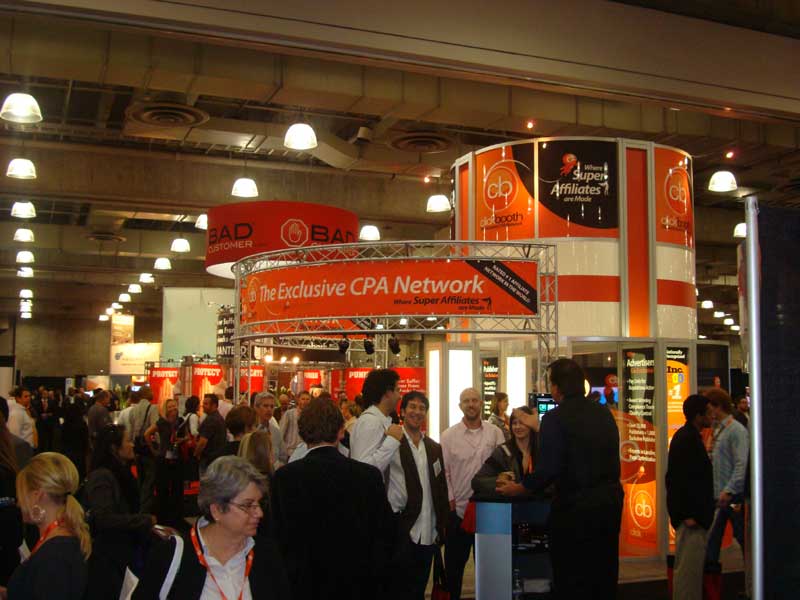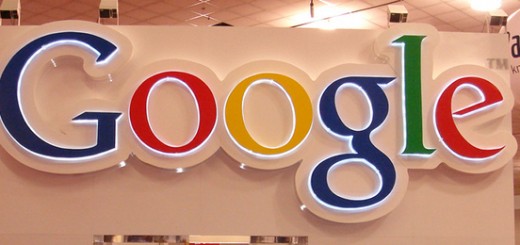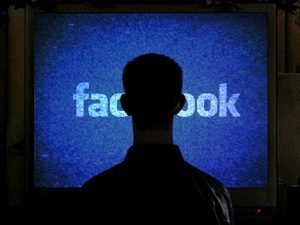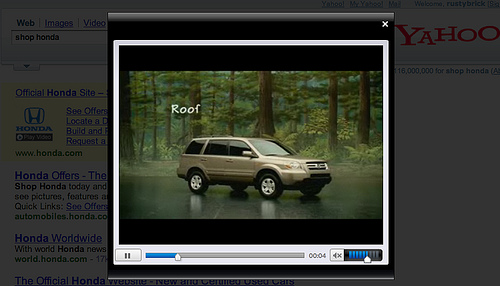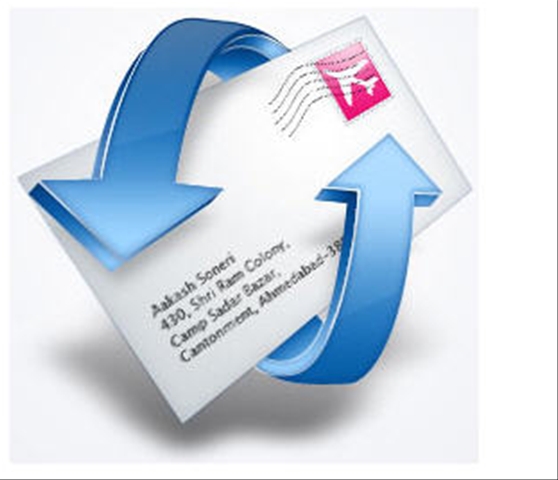Wikipedia defines news.admin.net-abuse.email, NANAE, as a Usenet newsgroup devoted to the discussion of the abuse of email systems, specifically through spam and similar attacks. According to a timeline compiled by Keith Lynch, NANAE was the first widely available electronic forum for discussing spam. The group was officially proposed by Tim Skirvin in 1996 alongside a number of other groups in order to reduce the load on two net abuse groups at that time, news.admin.net-abuse.announce and news.admin.net-abuse.misc. Later, it was proposed that a subgroup, news.admin.net-abuse.email.blocklists be created.
Some of the largest anti-spam activists share blacklists, discuss security protocols, expose hackers and target alleged spammers on NANAE. Over the years, they have coined many useful phrases like white hat, grey hat & black hat that are still in use today. All three terms are used to define an ISP and the level to which they tolerate spammers on their networks. They are extremely useful, but have accused many publishers of spamming whether they were guilty or not.
If a publisher is blacklisted, often times the only alternative is to appeal their case to this forum with hopes of getting their IPs delisted. Such was the case with SPEWS before 2006. SPEWS is no longer active, but is still being used by some mail networks. The Spam Prevention Early Warning System (SPEWS) was an anonymous service that maintained a list of IP address ranges belonging to Internet service providers (ISPs) that host spammers and take little action to prevent their abuse of other networks’ resources (black hat). Internet sites used SPEWS as an additional source of information about the senders of unsolicited bulk email, better known as spam. However, the odds of a publisher appealing and getting delisted from SPEWS through NANAE proved quite difficult.
According to William (Bill) K. Cole, founder of Solid Clues Consulting (http://scconsult.com, who worked for the Mail Abuse Prevention System (MAPS), and a self proclaimed anti-spam activist, “In the case of some blacklistings, notably a listing in SPEWS, the only communication channel to the blacklist maintainer is via public spam discussion fora, primarily news.admin.net-abuse.email (a.k.a. NANAE) and SPAM-L .” SPAM-L was shut down as of May 11th, 2009 and replaced with https://spammers.dontlike.us or SDLU.
From the perspective of the person with listed address space, the problem with this is that both of the aforementioned have more than their share of hecklers, fools, fanatics, trolls, script-kiddies, and fanboys. If you post to either about your listing, you can expect a lot of responses. Most are useless. Some are not. You can also expect responses in the form of probes into your system. If you are not familiar with the Usenet cultural flavor (and SPAM-L largely shares that…) you may find it hard to keep your cool in these places.
Keep in mind that a discussion forum is not a unitary group. There are kooks and fools there but there are also some very sharp and sane people. Sometimes it is difficult to tell the difference. Just remember that many people taking part in these discussions have been highly radicalized on the issue of spam. Many are essentially impotent with regards to spam, but possess the power to write scathing things about anyone they perceive being connected to spammers in any way. For example, you will find people who have never run a mail system in their life and have no means of using SPEWS, applauding a SPEWS listing that includes non-spammers. Growing a thick skin can help.
A blacklisting may result in your chance to encounter examples of disturbingly abnormal psychology. A posting to a public forum to deal with a SPEWS listing is almost sure to result in some rabid email and possibly unauthorized security probing activity aimed at your systems. Assuming that the former doesn’t actually include threats and the latter doesn’t actually breach your security, both of which are suitable to report to the proper law enforcement agencies, you should not respond to either one. You may find it helpful to block both from your systems, but even though they may be the result of announcing your situation in a public forum, there’s no point in posting the accusations to the same forum unless you have a smoking gun implicating a specific participant.
Keep in mind that anyone can read a newsgroup and a lot of the worst kooks reading NANAE never post. As a longtime NANAE user, I know that many of my fellow users would benefit from medication and counseling that they are likely to never get. And, those are just the ones who post. There isn’t a gatekeeper for NANAE and only a very permissive one for SPAM-L, so keep in mind that the worst kooks are probably mostly disliked by the other regulars who have no means other than a killfile to avoid them.”
Corresponding to an anonymous blog started by a team of disgruntled marketers who have been victims of the over-aggressive spam fighters that frequent NANAE on Usenet, “NANAE is a destructive group of internet criminals that spend day and night attacking people on the web for nothing more than to feel the power of virtual authority. They are anonymous and like to expose people that oppose them by reporting falsehoods to damage their credibility online. This is a dangerous game they are playing and it’s best to make sure their identities are also exposed.
The above statement is an opinion, but not the first to surface from other disgruntled mailers who try and appeal to NANAE. Ken Magill, creator of The Magill Report who openly admits he is on the ROKSO list was a recent victim in a personal attack on his family by the Usenet newsgroup. “NANAE is the online discussion-group equivalent of poo-flinging monkeys. When someone disagrees with them, they don’t debate. They name-call and they smear.” A member of NANAE quickly responded, “…Yes I am a NANAE regular. And I find some of the attacks on Mr. Stephens, especially those that drag his family into the fray, to be rather distasteful. But he is, as you correctly pointed out, hardly innocent in that department himself either.”
The war between bulk mailers and anti-spammers has been going on since the inception of spam. Bulk mailers use the First Amendment’s “Freedom of Speech” as an argument to continue sending bulk mail and anti-spammers use logic, law and reasoning to counter attack the issue and occasionally slander. Not to say that an accused spammer isn’t guilty of slander or starting the riff. Both sides commonly engage in heated arguments and stab each other with words.
Regardless of the slander, NANAE has its usefulness and should be taken seriously. The original pioneers of anti-spam belong to NANAE, including Steve Linford, the founder of The Spamhaus Project. It’s safe to say you should monitor and study this Usenet newsgroup as a tool for learning about proper mailing procedures, communication etiquette, delisting techniques and a place to suppress new and old spamtraps, domains and IPs.









